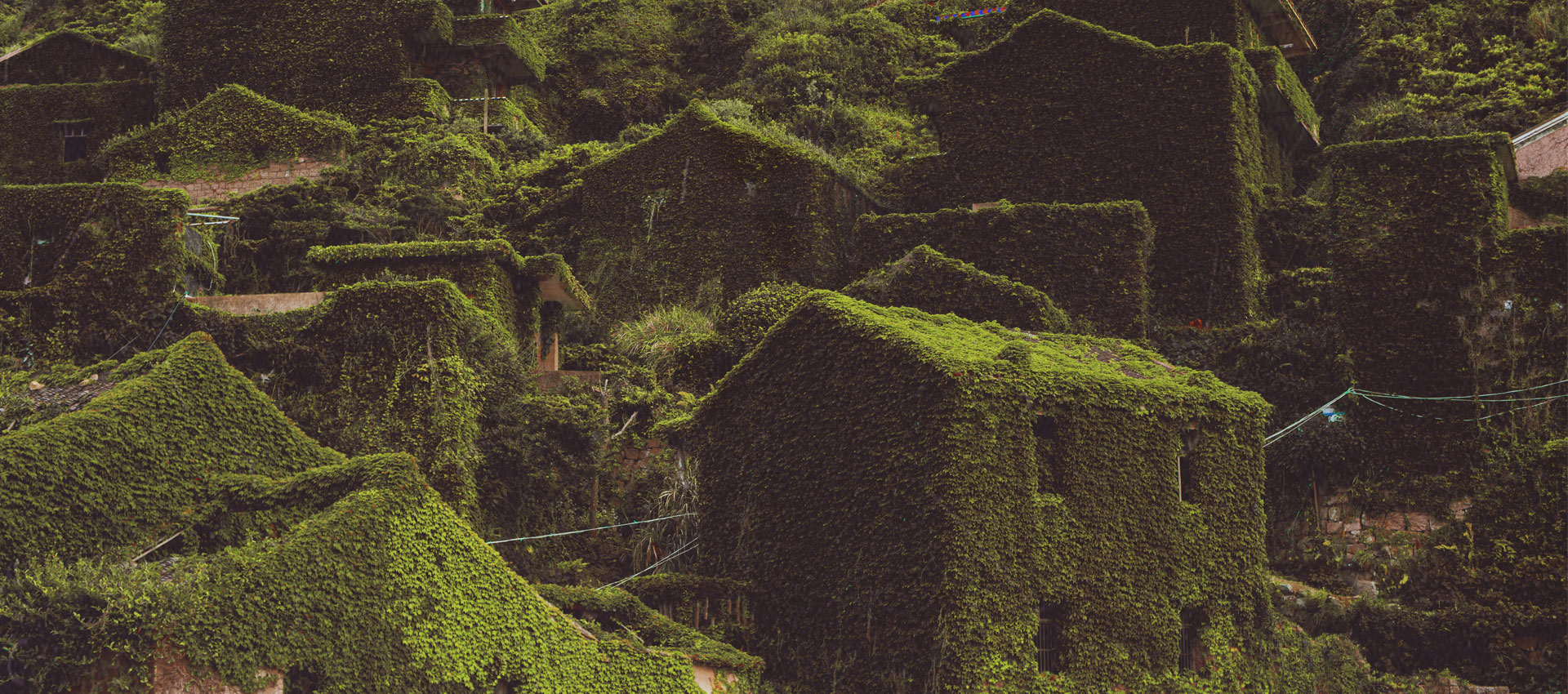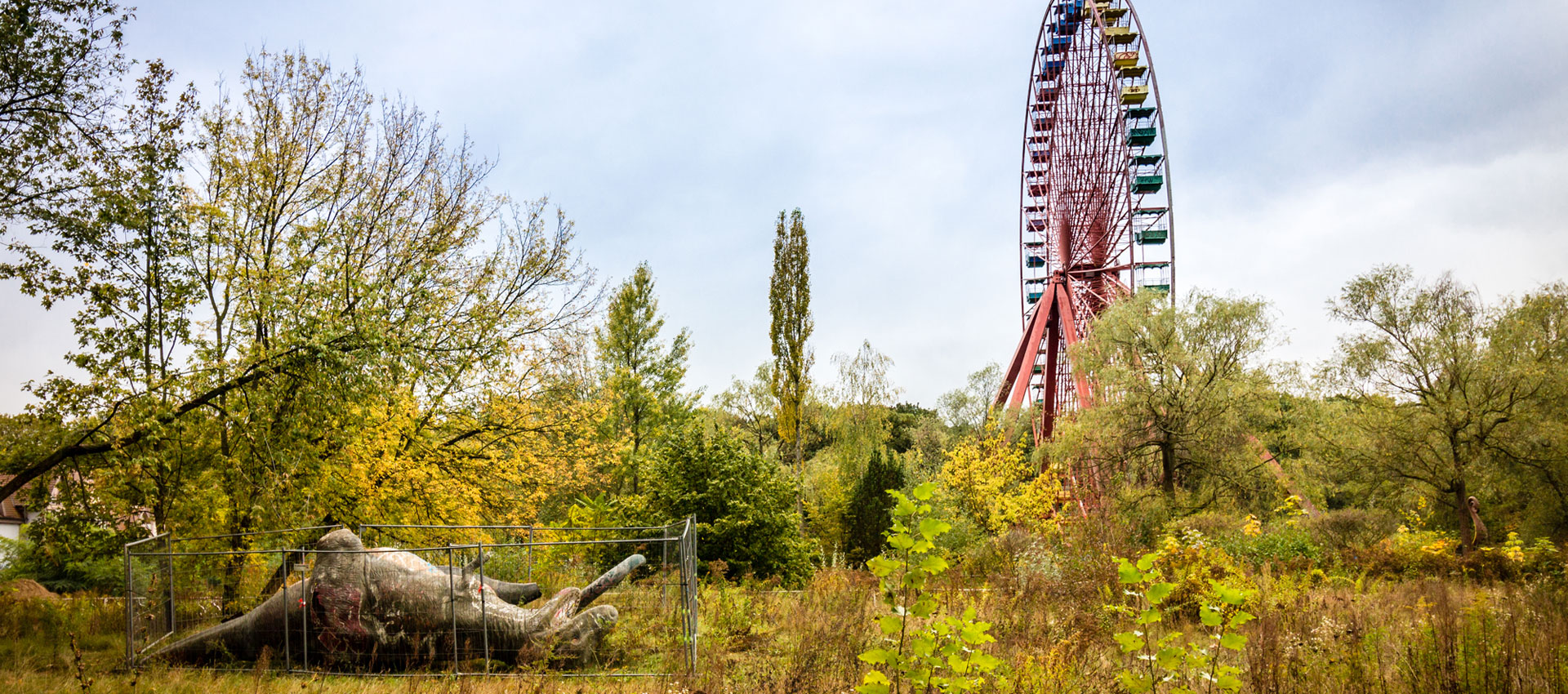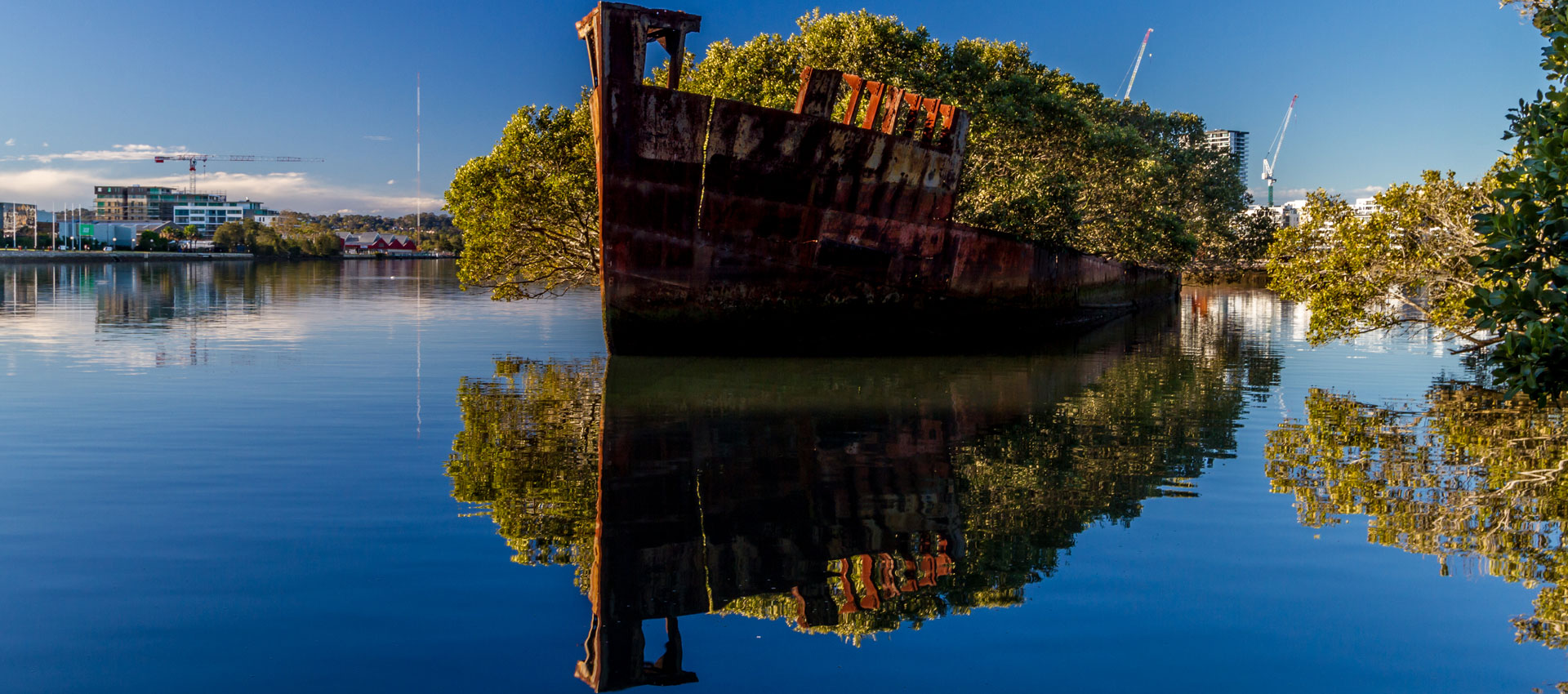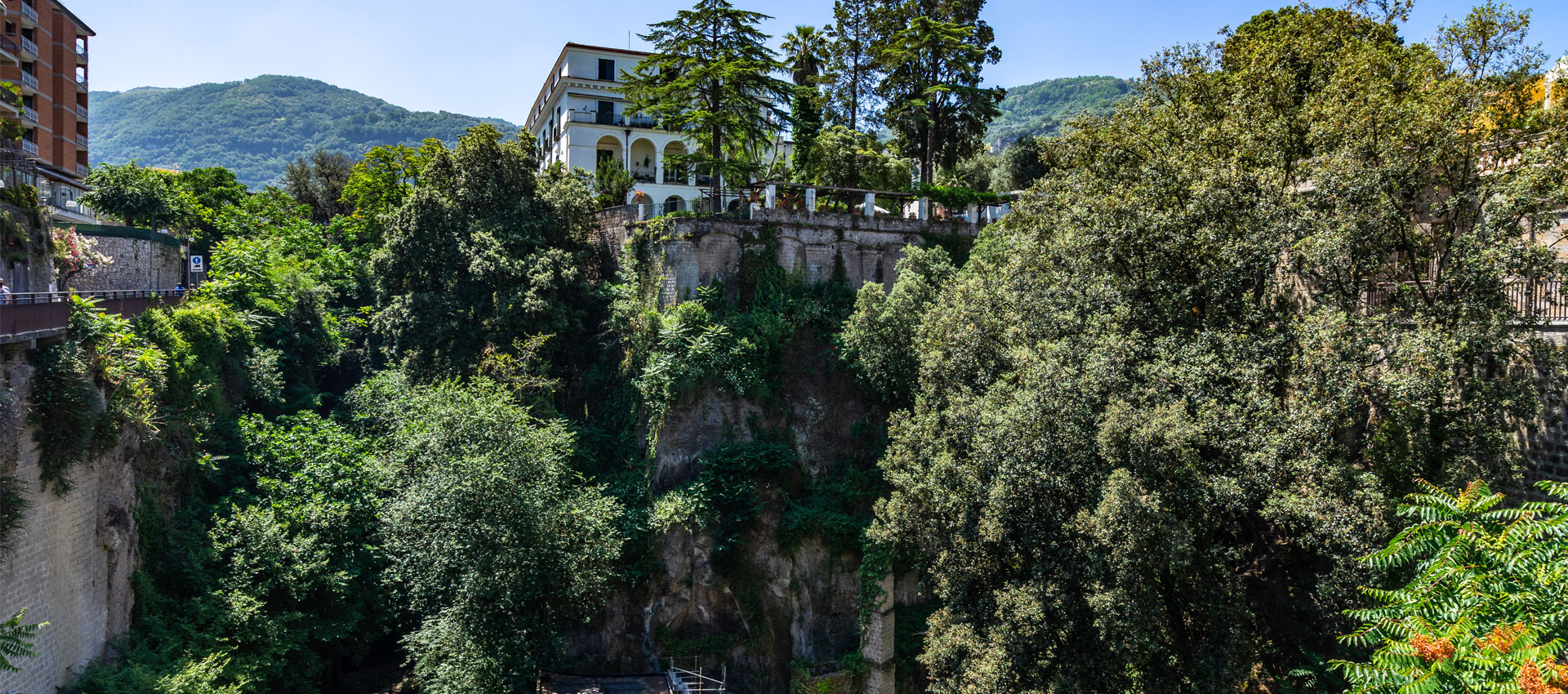BBC Earth newsletter
BBC Earth delivered direct to your inbox
Sign up to receive news, updates and exclusives from BBC Earth and related content from BBC Studios by email.
Cities
Five spectacular locations where plants are defying human habitats.
As any gardener knows, nature doesn't need much space to thrive – give her an inch, and she'll take a mile! Neglect your weeding in the allotment for a few days and the beds will look as if you've been away for a year. Frustrating, yes, but in also an indication of just how dynamic our environment can be, given half a chance. Here are five impressive examples of nature reclaiming our world for itself – with stunning results.

These vividly overgrown walls look as if they were abandoned to the elements centuries ago. In fact, it has taken nature fewer than thirty years for plants to reclaim the tiny Chinese fishing village of Houtouwan.1 The island of Shengshan is on the furthermost curling edge of an archipelago of islands in the East China Sea, about 65 kilometres (40 miles) from the mainland coastal city of Shanghai. It is tethered to its neighbour, the equally small island of Gouqi, by a bridge, but the only way to get to either is by private boat, or by bus and then ferry. Each is an arduous, hours-long journey from the mainland. It's no wonder, then, that its isolation was one of the prime factors leading to the abandonment of the village in the 1990s. Now, its walls and streets are viridescent with overgrowth; where once there were bricks and mortar, walls are adorned with climbing vines. Soon, the stepped dwellings will be entirely subsumed by nature – as if they had never been there at all.

An abandoned theme park might sound a more suitable setting for a retro horror story than an 21st Century ecological paradise, but at Spreepark in Berlin, Germany, nature is leading the way. It closed in 2001 and the local plant life soon got to work. Structures that had been in use since the park originally opened in 1969 were quickly subsumed by foliage – fallen plastic dinosaurs lie amid verdant grasses, the rollercoaster track vanished into swathes of leafy branches. Years passed as wrangling over debts, ownership and potential uses for the site continued without resolution.2 Now, twenty years after it closed, another initiative aims to bring the site back to life, this time incorporating the wild environment. If successful, Spreepark3 could be an example of how development can go hand in hand with ecological preservation.

Resting in the calm waters of Wentworth Point in Sydney is a peculiar yet beautiful sight: a forest flourishing on the wreck of an abandoned ship. Built in Greenock, Scotland, and originally launched as the SS Corrimal in 19119, the SS Ayrfield served both as a cargo steamer and a WWII supply ship before being renamed in 1952. It was decommissioned two decades later and left at Homebush Bay, where it has been slowly decaying ever since. The shores of the bay intersect with the Sydney Olympic Park10 and the Badu intertidal wetlands.11 This wetland includes 48 hectares of water-loving mangrove trees, an environment probably established around 15,000 years ago when the area was flooded by rising sea levels. Proving that nature abhors a vacuum, the mangroves found an opportunity for expansion in the rusting wreck. The SS Ayrshire is now home to its own forest, which shows just how little space nature requires to establish a thriving ecosystem.

Right in the middle of the bustling coastal town of Sorrento is a deep, narrow gorge known as the Vallone dei Mulini, the #Valley of the Mills12, named for the flour and saw mills that once ran inside the rocky cleft. When the Piazzo Tasso was built in 1866, the crevice was closed off from the sea and the humidity inside the gorge rose sharply. The last mill closed at the beginning of the 20th century, but the high humidity encouraged a microclimate perfect for plant growth. As the abandoned buildings crumbled, the ruins and their surroundings became completely overgrown. Species of fern, including Phyllitis Scolopendrium,13 flourish in the deep crevice. The resulting tableau gives an ethereal glimpse of a post-human world entirely reclaimed by nature. Photographs taken of the site in 2006 went viral, online.14 A private company, seeking to take advantage of the city's resultant increase in tourism, began to renovate the abandoned mill. Locals and tourists alike were horrified when, in 2019, the swathes of vegetation that had made the location so compelling in the first place were cleared. Further work has since stopped, leaving nature to once again snatch back the Vallone dei Mulini from human interference.

Think about jungle temples in Cambodia and most people will instantly conjure up an image of Angkor Wat. Around 77 kilometres (48 miles) to the northwest, however, in a tiny village far from the tourist hotspots, is the hidden temple of Beng Mealea.15 Thought to have been constructed around 900 years ago, this spectacular temple is far less frequented than its more famous neighbour. Built in a 14 hectare compound and featuring carvings, statues, columns, and ponds, in 2020 the Cambodian government submitted Beng Mealea for consideration as a UNESCO World Heritage Site.16 Natural degradation, among other factors, has caused serious damage to the site. This decay has allowed the surrounding jungle to overrun the temple, melding the phenomenal human architecture with its natural surroundings.
This article was commissioned as part of 'Our Green Planet'. This is a digital initiative, from BBC Earth in association with The Moondance Foundation, to raise awareness for the beauty and fragility of our planet’s green ecosystems. Discover more here. #OurGreenPlanet.
Featured image © J Wildman | Getty Images
1. Houtouwan; 2. Spreepark; 3. Spreepark history; 9. SS Corrimal; 10. Sydney Olympic Park; 11. Badu Intertidal Wetlands; 12. Valley of the Mills; 13. Phyllitis Scolopendrium ; 14. Valley Regeneration; 15. Beng Mealea; 16. UNESCO application;